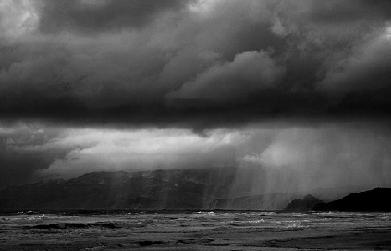
The first episode of The Fresh Prince of Bel Air. Sweet, young, Ashley Banks is asked by her mother to say grace at a dinner party. Smiling, she puts her hands together and what happens next is history. She raps it. Her family look on shocked, but it’s completely symbolic of exactly what the show wanted to do; ‘letting America see that there was a widening gap between the classes of African Americans’.
First hitting screens on 10th September 1990, Will Smith was hardly unknown. During the late 80s, Smith teamed up with friend Jeff Townes and became hip hop duo DJ Jazzy Jeff & The Fresh Prince. Together, they won the first Grammy awarded in the Rap category and sure enough, NBC saw this success and offered Smith a chance at TV.
In the mid 80s, new school hip hop sprung from New York City with artists such as Run DMC. The main difference was a clear rock influence but new school artists decided to make shorter songs in order to appeal to radio play and by 1986; their releases began to establish hip hop as a mainstream concept. Their commercial success is exemplified by the 1986 Beastie Boys’ album Licensed to Ill, which became the first rap album to go to #1 on the Billboard chart.
In terms of TV,The Jeffersons was airing up until 1985. It became the longest-running sitcom with a predominately black cast in the history of American television.
19.9 million people tuned in to watch the final episode of Fresh Prince. So what did this sitcom do that others couldn’t? In basic terms, its ‘moralistic storylines and representation of black affluence’ created a family friendly face for 90s hip hop, paving the way for MC Hammer to go multi-platinum. However, it was so much more than that. The LA Times claimed the real issue was the ‘true “definition” of the black experience.’ You have hip-hop music (Smith) versus Tom Jones (Carlton Banks’ hero) and this was able to demolish the one dimensional black
archetypes that audiences previously saw.
The show often paid homage to hip hop culture with cameos by the likes of Queen Latifah and Dr. Dre. Still, the most memorable cameo was in the last episode, when the Jeffersons buy the Banks mansion. This symbolic nod sums up exactly how the show felt; they’ve earned their place in cultural history and will be able to stand proudly next to the Jeffersons for eternity.
Smith would later say: ‘We never started out trying to make some big social statement or leave a big fingerprint on American pop culture; we were just trying to have fun.’
Well, it seems they were able to do both.
